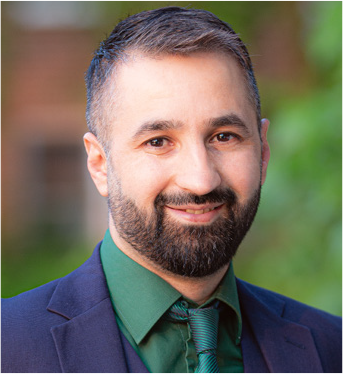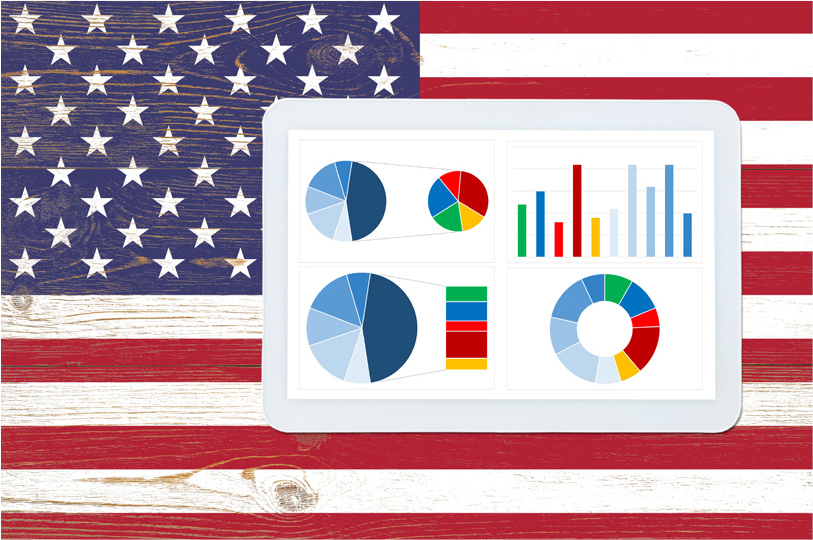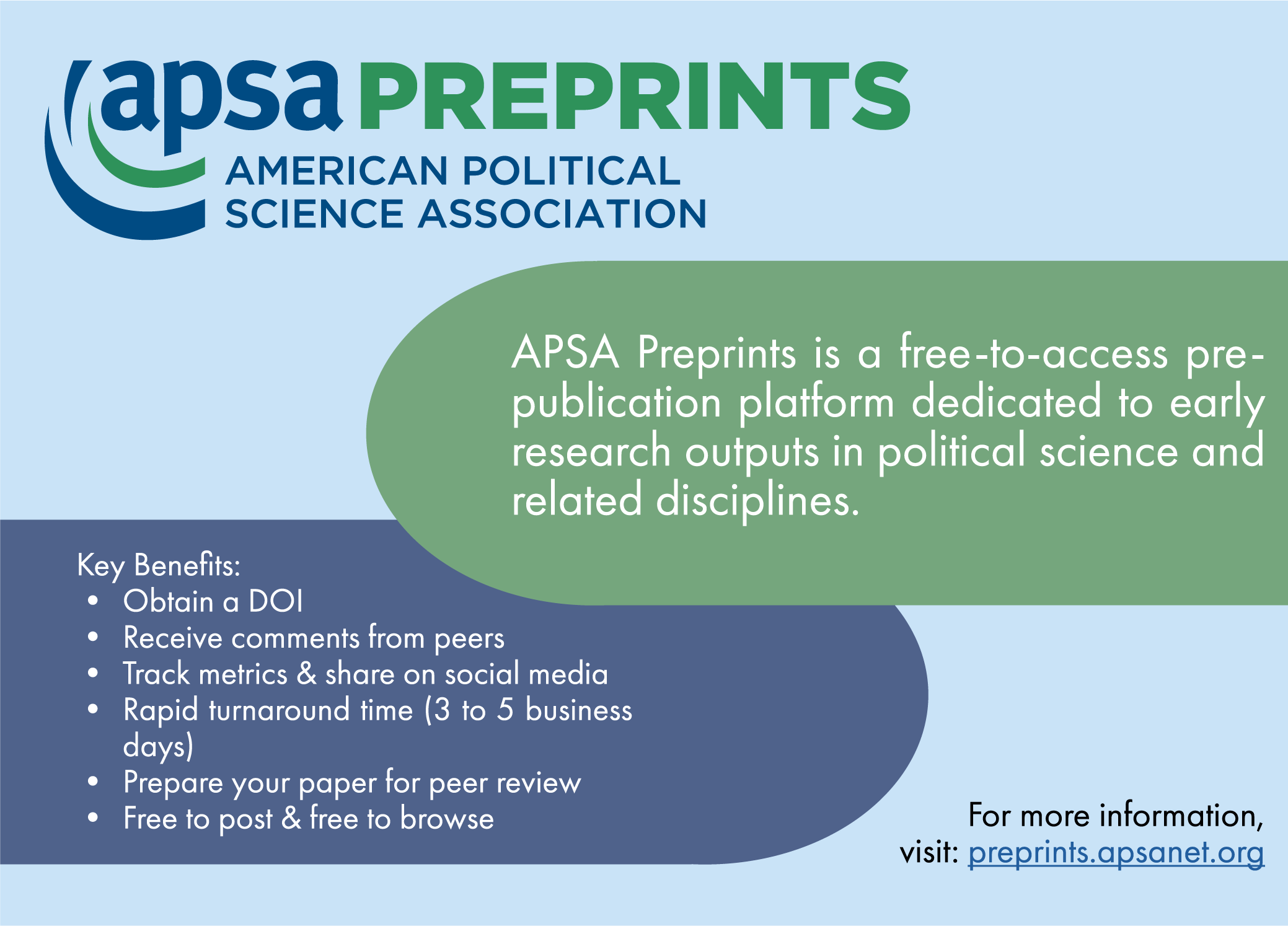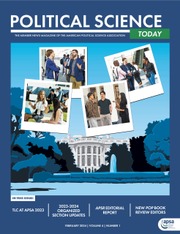The 2024 US Presidential Election served as a perfect opportunity for a final project in my Identities in American Politics in the 21st Century class at New York University, DC. This two-phase final project, with a “Prediction Phase” and a “Reflection Phase”, provided my students with an invaluable chance to analyze voter behavior, engage with identity politics theories, and refine their forecasting and assessment skills. The Prediction Phase culminated in presentations by five student groups on Monday, November 4, 2024—the day before the election—making it an ideally timed exercise. In their reflections, I required my students to focus on evaluating their own predictions rather than critiquing the candidates’ performances, encouraging them to critically engage with the process of electoral forecasting.

It is not uncommon for pollsters, media figures, and even prominent political scientists to miss the mark with their predictions. Yet, a recurring issue in post-election media coverage is that it often centers on evaluating the performance of the candidates, rather than addressing the inaccuracies and limitations inherent in the predictions themselves. This tendency to overlook or sweep errors under the rug not only diminishes accountability but also reinforces the challenges of accurately forecasting uncertain elections in the future. Understanding why predictions fail is just as important as understanding the election results.
PHASE 1: PREDICTION PHASE
In the Prediction Phase, students were tasked with forecasting the outcome of the 2024 presidential election. They used various sources, including public opinion polls, historical data, and expert analyses from trusted outlets such as Forbes, PBS, NBC, The Economist, and political theorists like Allan Lichtman. Each group triangulated multiple methods and tools to predict both the presidential outcome and the makeup of the Senate.
Interestingly, there was a broad consensus among all groups that the Republicans would increase their seats in the Senate, largely driven by economic concerns and the fact that several Democratic-held seats were up for contestation. On the presidential front, two groups predicted a victory for Donald Trump, but they anticipated that Kamala Harris would win the popular vote, with a highly competitive Electoral College battle. One group stated, “Trump’s victory seems inevitable in the Electoral College due to his appeal in battleground states. However, Harris will still win the popular vote due to stronger turnout among women and minority voters.” Another group predicted, “While we expect a narrow victory for Trump, the youth vote will likely give Harris the edge in the popular vote.”
PHASE 2: REFLECTION PHASE
After the election, the students entered the Reflection Phase, where they critically evaluated their predictions. They analyzed the factors they had got right and those that they had missed and explored why their forecasts aligned or didn’t align with the actual results. This reflective exercise was crucial for their learning, providing them with an opportunity to reassess their assumptions and the gaps in their analyses.
One particularly unexpected outcome for them was the extent of Trump’s support among Latino voters. Several students had predicted that Latino voters would lean toward Harris, particularly in swing states like Arizona and Nevada, due to Harris’s pro-immigration stance. However, Trump’s economic messaging, particularly regarding job security and immigration policy, resonated more with Latino voters than anticipated. “We didn’t factor in how economic insecurity and Trump’s tough stance on immigration would influence Latino voters,” one group reflected. “Trump’s messaging about jobs and the economy resonated with them more than we expected, especially in Florida.”
A significant portion of students predicted a surge in youth voter turnout, particularly among young women, due to the Supreme Court’s abortion ruling and Harris’s platform on social justice. However, the anticipated surge did not materialize as strongly as expected. “We thought the youth vote would be a major factor for Harris, but the turnout was not as high as we predicted,” one group wrote. The students came to understand that while the abortion issue was highly salient, it wasn’t the only driver of voter behavior.
The abortion issue was expected to mobilize women voters by a high number as well, especially in Harris’s favor. While Harris did secure strong support among women of color, particularly Black women, the voting patterns among white women were more divided than expected. “We expected the gender gap to be wider in Harris’s favor, but we were too focused on social justice and didn’t see how much the economy would influence the female vote,” one group reflected.
Some students also reflected on whether personal political beliefs and ideological leanings had influenced electoral forecasts. Additionally, students said that they struggled with assigning the appropriate weight to certain pivotal events, such as the discussions surrounding abortion or Trump and his allies’ controversial remarks about Puerto Rico and Latinos during his rally in Madison Square Garden and elsewhere.
LEARNING FROM THE PROCESS: POLITICAL SCIENCE AND ELECTORAL PREDICTION
The Reflection Phase proved to be the most crucial part of my students’ learning experience. While their predictions weren’t entirely accurate, they gained valuable insights into the complexities of US elections and the multifaceted factors that influence voter behavior. Relying on a single variable can lead to inaccurate forecasts. “It’s about understanding the broader context—economic conditions, cultural shifts, and unforeseen events like debates and media coverage—all of which can change the outcome at the last minute.”

masterSergeant/Getty Images
This project reinforced the value of political science research in understanding electoral behavior. Despite the flaws in their predictions, students were able to appreciate the challenges of election forecasting and the importance of continuously reassessing political assumptions in a highly fluid political environment.
The reflective exercise went beyond merely assessing what students got right or wrong. It fostered a mindset of continuous learning and critical inquiry—skills that will serve them well in their future academic and professional endeavors. By engaging with the complexity of electoral forecasting and the unpredictable nature of real-world elections, my students learned to move beyond simply predicting elections to genuinely understanding the multifaceted dynamics that shape political outcomes. ■


